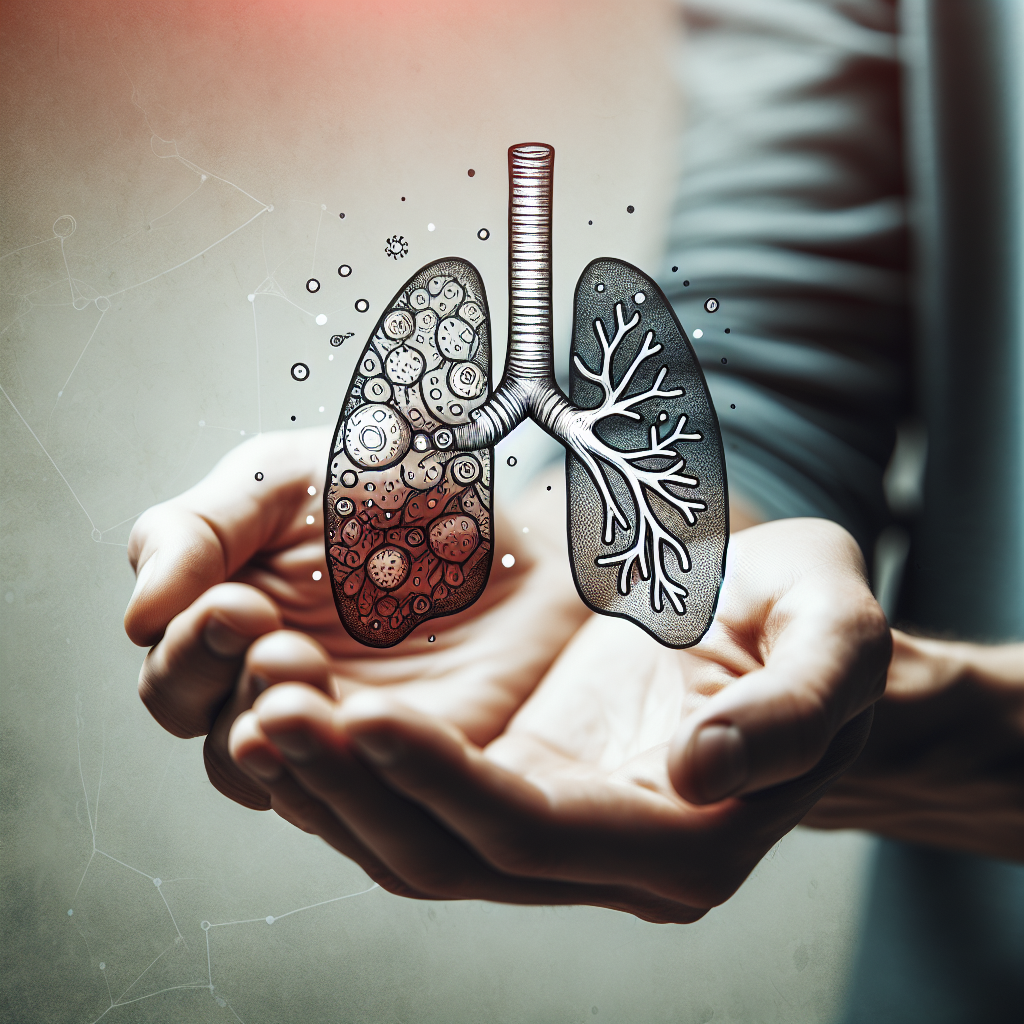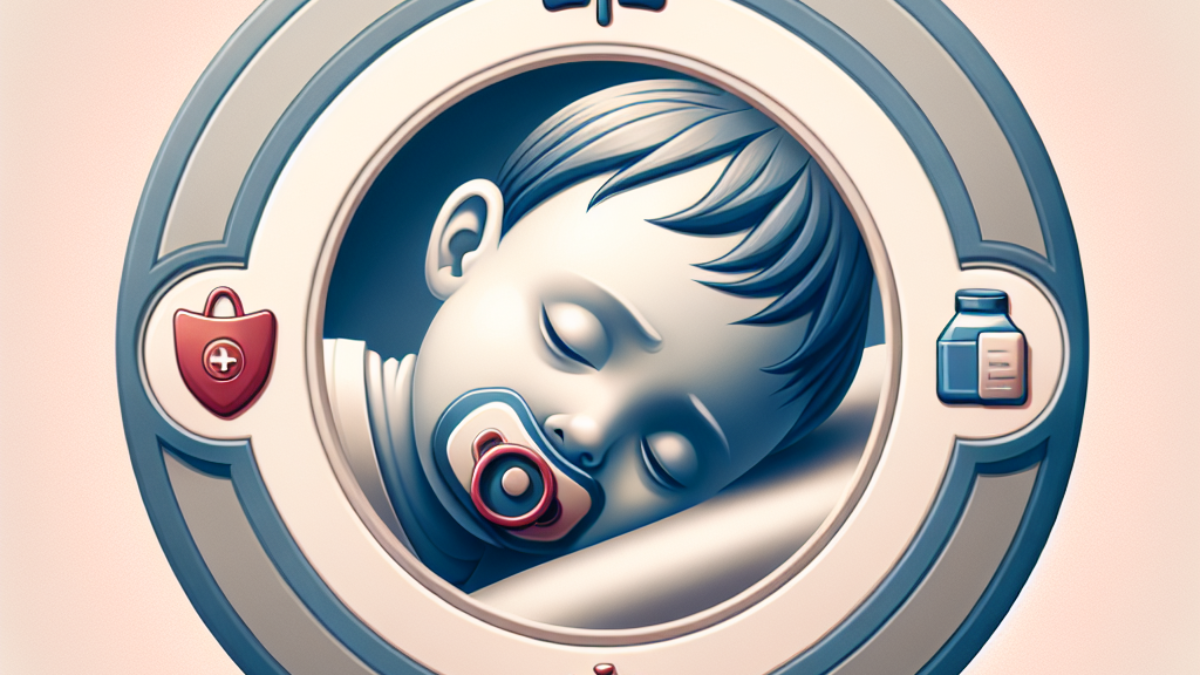In today’s article, we will be examining a crucial topic that concerns the well-being of older children: understanding the symptoms of Respiratory Syncytial Virus (RSV). It is important to be aware of the signs and manifestations of this viral infection, as RSV can affect individuals of all ages, with potential complications in older kids. By comprehending these symptoms, parents and caregivers can promptly recognize and address RSV, ensuring the best chance for a swift recovery and minimizing the risk of further complications. Let us explore the key indicators of RSV in older children, helping to enhance our understanding and protect the health of our precious young ones.

Understanding Respiratory Syncytial Virus (RSV)
What is RSV?
Respiratory Syncytial Virus (RSV) is a common viral infection that affects the respiratory system. It is highly contagious and can cause mild to severe respiratory symptoms in people of all ages, particularly in infants and older adults. RSV is one of the leading causes of respiratory illness, including bronchiolitis and pneumonia, in children.
How is it transmitted?
RSV can spread easily from person to person through respiratory droplets when an infected individual coughs or sneezes. It can also be transmitted by touching contaminated surfaces or objects and then touching the mouth, nose, or eyes. The virus can survive on surfaces for several hours and is most prevalent during the fall and winter months.
RSV Impact on different age groups
While RSV can affect individuals of all ages, it tends to have a more significant impact on certain age groups. Infants, particularly those under six months of age, are highly susceptible to severe RSV infections due to their underdeveloped immune systems. Older adults and individuals with compromised immune systems are also at higher risk. In older kids, RSV can cause moderate respiratory symptoms that may disrupt daily activities and require medical attention.
RSV Symptoms in General
Most common RSV symptoms
The symptoms of RSV in older kids are similar to those experienced by adults and infants. The most common symptoms include coughing, sneezing, a runny or stuffy nose, sore throat, and mild fever. These symptoms generally appear within four to six days after exposure to the virus and may last for one to two weeks. It is essential to monitor these symptoms closely and seek medical attention if they worsen or if additional symptoms develop.
How symptoms present in adults and infants
In adults, RSV symptoms are typically mild and resemble those of the common cold. Infants, on the other hand, may display more severe symptoms, such as difficulty breathing, wheezing, rapid breathing, and irritability. In older kids, RSV symptoms often fall somewhere in between, with respiratory distress being less common than in infants but more noticeable than in adults. It is crucial to closely monitor children for signs of respiratory distress, such as rapid breathing or chest retractions.
Duration of symptoms
The duration of RSV symptoms in older kids can vary, but they typically last for one to two weeks. However, some children may experience lingering symptoms, such as a persistent cough or fatigue, for several weeks after the initial infection. It is important to provide adequate rest, hydration, and symptom management during this period to ensure a full recovery.
RSV Symptoms in Older Kids
Specific symptoms in older kids
In addition to the common symptoms mentioned earlier, older kids with RSV may experience more noticeable respiratory symptoms, such as a worsening cough, wheezing, and shortness of breath. They may also complain of chest discomfort or tightness. It is important to actively monitor these symptoms and seek medical attention if they worsen or if the child’s condition deteriorates.
Comparison to symptoms in adults and infants
Compared to adults, older kids with RSV tend to have more noticeable respiratory symptoms and may require medical intervention to manage their symptoms effectively. However, their symptoms are generally less severe than those experienced by infants, who are at higher risk of developing severe respiratory distress. It is crucial to differentiate between age groups when assessing RSV symptoms and determining appropriate treatment options.
Duration and severity of symptoms in older kids
The duration and severity of RSV symptoms in older kids can vary depending on the individual’s overall health and immune response. While most children recover within one to two weeks with appropriate supportive care, some may experience more prolonged symptoms or complications. Severe cases may require hospitalization and intensive medical intervention. It is essential to monitor the child’s symptoms closely and seek medical attention if there is a significant worsening of symptoms or if they persist beyond the expected timeframe.

RSV Complications in Older Kids
Possible complications and their symptoms
RSV can lead to various complications in older kids. These complications may include bronchiolitis, pneumonia, ear infections, and exacerbation of underlying respiratory conditions such as asthma. Symptoms of complications may include persistent high fever, difficulty breathing, rapid breathing, cyanosis (bluish coloration of the skin), severe coughing, and lethargy. It is crucial to be aware of these potential complications and seek medical care promptly to prevent further deterioration.
Factors increasing risk of complications
Certain factors can increase the risk of developing complications from RSV in older kids. Premature birth, underlying medical conditions (such as lung or heart disease), weakened immune system, and exposure to secondhand smoke or other airborne pollutants are known risk factors. It is essential to take precautions to minimize exposure to these risk factors and closely monitor children at higher risk.
Long-term effects of complications
While most children recover fully from RSV and its complications, some may experience long-term effects, particularly if the infection was severe or led to other respiratory conditions. These long-term effects can include persistent wheezing, recurrent respiratory infections, and increased susceptibility to future respiratory illnesses. Regular follow-up with healthcare providers is essential to monitor and manage these potential long-term effects.
RSV Diagnosis in Older Kids
Common diagnostic methods
To diagnose RSV in older kids, healthcare providers typically start with a physical examination and review of the child’s symptoms and medical history. They may listen to the child’s lungs using a stethoscope to check for abnormal lung sounds. In some cases, additional tests may be conducted, such as a nasal swab or a respiratory secretion sample, to determine the presence of the virus or rule out other respiratory conditions.
When to see a doctor
Parents should seek medical attention for their child if they suspect RSV or if their child displays concerning symptoms such as difficulty breathing, persistent high fever, severe coughing, or lethargy. It is important not to delay seeking medical care, especially for children at higher risk of complications.
How to prepare for the doctor’s visit
Before the doctor’s visit, parents can prepare by documenting the child’s symptoms, including the onset, duration, and any changes in their severity. They should also be prepared to share relevant medical history, including any pre-existing respiratory conditions or known exposures to individuals with respiratory infections. Bringing a list of questions or concerns can help ensure that all necessary information is discussed during the visit.
RSV Treatment for Older Kids
Common treatment options
The treatment for RSV in older kids focuses on managing symptoms and supportive care. Over-the-counter pain relievers, such as acetaminophen or ibuprofen, may be recommended to reduce fever and relieve discomfort. It is important to follow the recommended dosage guidelines and consult with a healthcare provider before giving any medications to children. In some cases, healthcare providers may prescribe antiviral medications or respiratory treatments to alleviate symptoms and promote recovery.
Effectiveness of treatments
While there is no specific cure for RSV, prompt and appropriate supportive care can help ease symptoms and promote recovery. Antiviral medications may be recommended for children at higher risk of complications or with severe symptoms. Respiratory treatments, such as the use of a nebulizer or inhaled medications, may be prescribed to alleviate respiratory distress and improve breathing.
Home care advice
In addition to medical treatment, there are several home care measures that can help older kids recover from RSV. These include providing plenty of rest, ensuring adequate fluid intake, keeping the child’s environment clean and free from irritants, and using a cool-mist humidifier to relieve congestion. It is important to follow healthcare provider recommendations regarding the child’s activity level, school attendance, and restrictions on contact with others to prevent the spread of the virus.
Understanding RSV Prevention
Measures to prevent RSV
Preventing the spread of RSV involves implementing various measures, including frequent handwashing with soap and water, using hand sanitizers when soap is not available, covering the mouth and nose when coughing or sneezing, and avoiding close contact with sick individuals. It is also crucial to keep infants and young children away from individuals with respiratory infections, especially during RSV season. Routine cleaning and disinfection of frequently touched surfaces can also help reduce the risk of transmission.
Effectiveness of prevention measures
The implementation of preventive measures can significantly reduce the risk of RSV transmission. Hand hygiene, in particular, has been shown to be effective in preventing respiratory infections, including RSV. However, it is important to note that no preventive measure is foolproof, and a combination of strategies is recommended to minimize the risk of RSV infection.
RSV vaccine development
Currently, there is no licensed vaccine available for RSV. However, extensive research is being conducted to develop an effective vaccine to prevent RSV infection, particularly in high-risk populations such as infants and older adults. Vaccine candidates are being evaluated in clinical trials, and it is hoped that a safe and effective RSV vaccine will be available in the future to reduce the burden of this respiratory illness.
RSV and Co-existing Conditions in Older Kids
Effects of co-existing conditions on RSV symptoms
Children with pre-existing respiratory conditions, such as asthma or chronic lung disease, may experience more severe symptoms and a higher risk of complications if they contract RSV. The presence of these co-existing conditions can make it more challenging to manage RSV symptoms and may require additional medical intervention.
How RSV could exacerbate existing conditions
RSV can cause inflammation and respiratory distress in children with underlying respiratory conditions, leading to exacerbation of their symptoms. It can trigger asthma attacks, worsen chronic lung disease, and increase the likelihood of developing complications such as pneumonia. It is crucial to closely monitor children with co-existing conditions and seek medical care promptly if their symptoms worsen or if they experience a significant deterioration in their overall health.
Managing RSV in kids with co-existing conditions
Managing RSV in children with co-existing conditions requires close collaboration between healthcare providers and parents or caregivers. It is important to follow the prescribed treatment plan for the underlying respiratory condition, including the regular use of maintenance medications and monitoring for any signs of worsening symptoms. Extra precautions, such as avoiding exposure to individuals with respiratory infections and implementing strict hand hygiene practices, may be necessary to prevent RSV transmission.
RSV Risk Groups in Older Kids
Factors making some kids more susceptible
Certain factors can increase the susceptibility of older kids to severe RSV infections and complications. Premature birth, low birth weight, exposure to secondhand smoke, attendance at daycare or school, and living in crowded or unsanitary conditions can all contribute to a higher risk of RSV infection. Children with underlying health conditions, weakened immune systems, or a history of recurring respiratory infections may also be more susceptible.
Additional precautions for risk groups
For children at higher risk of severe RSV infections, additional precautions should be taken to minimize exposure to the virus. Limiting contact with sick individuals, ensuring proper hand hygiene, avoiding crowded places, and keeping the child’s environment clean and well-ventilated can all help reduce the risk of RSV transmission. It may be necessary to consult with healthcare providers to determine the specific precautions appropriate for the child’s situation.
Impact of risk factors on virus severity
The presence of risk factors can increase the severity of RSV infections in older kids. Children with risk factors may experience more severe symptoms, a higher likelihood of complications, and a longer recovery period. It is crucial to be aware of these risk factors and take appropriate measures to minimize the potential impact of RSV on high-risk individuals.
Impact of RSV on Older Kids’ Daily Activities
Influence on school and sports participation
RSV can have a significant impact on older kids’ daily activities, including school attendance and participation in sports or physical activities. Depending on the severity of symptoms and the child’s overall health, it may be necessary to temporarily limit school attendance or avoid intense physical exertion until the child has fully recovered. This can help prevent complications, conserve energy, and promote a quicker return to normal activities.
Effect on general well-being and mood
RSV infections can often leave children feeling fatigued, irritable, and generally unwell. These symptoms, along with the need to limit activities, can have a negative impact on their overall well-being and mood. It is important to provide emotional support, encourage rest and self-care, and maintain open communication to address any concerns or anxieties the child may have during their recovery.
Handling disruptions to regular routines
RSV infections can disrupt the regular routines of older kids, potentially affecting their academic performance, social interactions, and overall quality of life. It is important to establish a flexible and supportive environment that allows for adjustments to accommodate the child’s recovery needs. This may involve communicating with teachers and peers, providing academic support, and ensuring a smooth transition back into regular routines once the child has fully recovered.
In conclusion, understanding Respiratory Syncytial Virus (RSV) and its impact on older kids is crucial for parents, caregivers, and healthcare professionals. Recognizing the specific symptoms in older kids, understanding the potential complications and risk factors, and implementing preventive measures can help minimize the impact of RSV on this age group. By closely monitoring symptoms, seeking timely medical care, and providing appropriate supportive care, parents and caregivers can help older kids recover from RSV and resume their normal activities as quickly and safely as possible.

